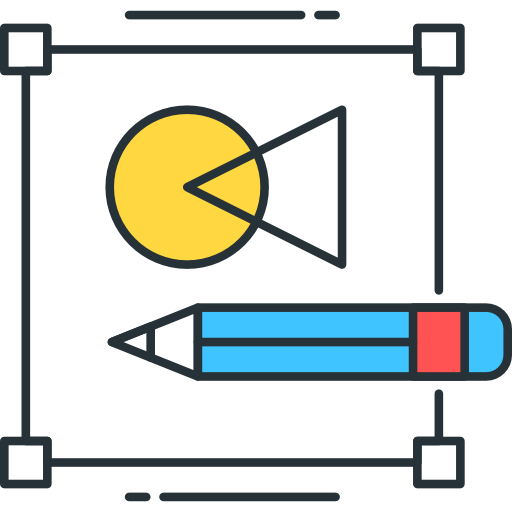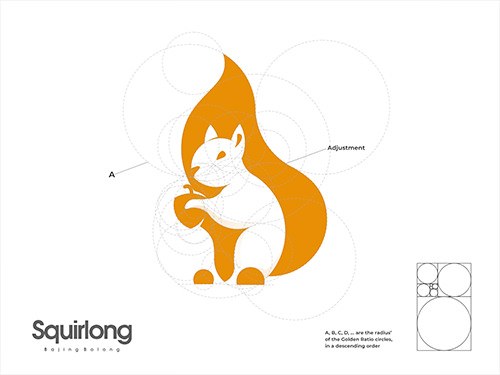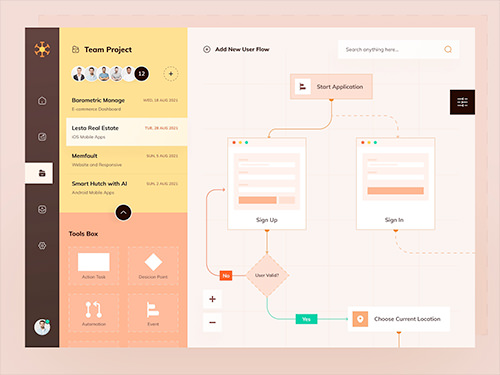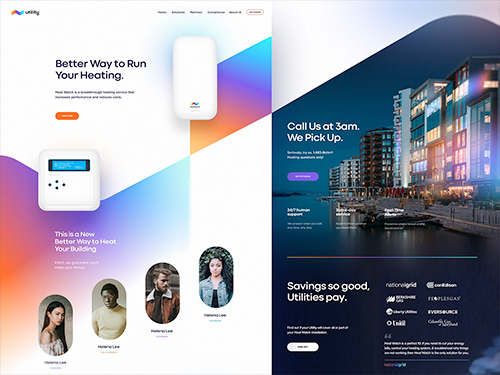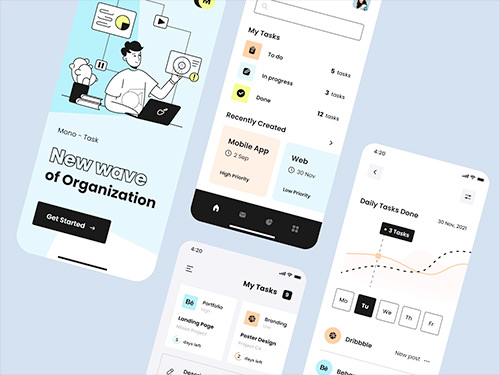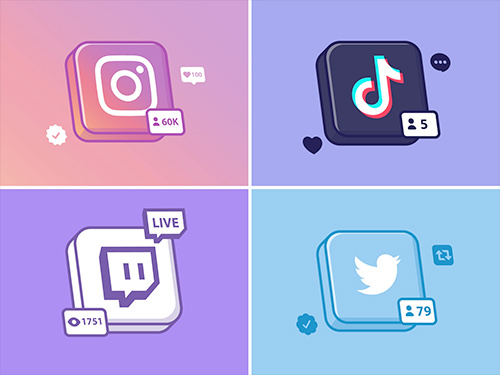- About
Get in touch with Webstring
- Services
- Technology
- Our Work
- Methodology
Design
Product & Software
Design plays a crucial role in a product’s success. A product that fails to meet its customers’ needs cannot be successful on the market. In order to increase chances of success, more and more companies are focusing on human-centered design—they put the end user at the heart of product design and evaluate every design decision according to the user’s needs and wants. Design thinking is one type of human-centered design methodology that enables companies to solve design challenges in innovative ways.
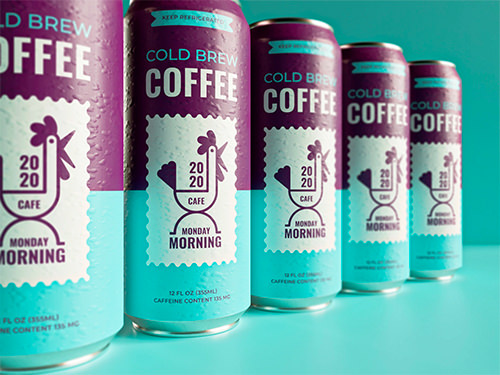
Can Design
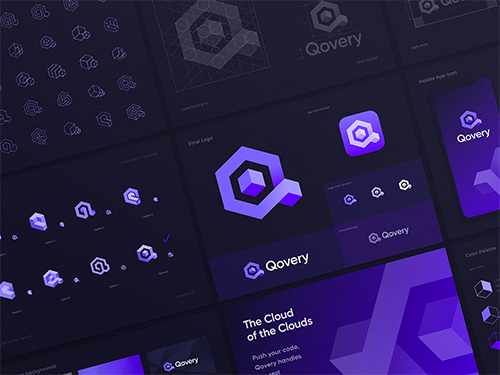
Software
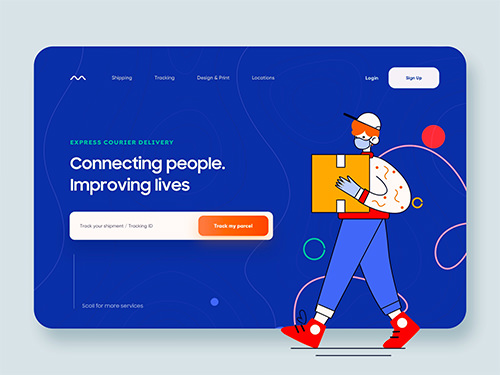
Courier Services
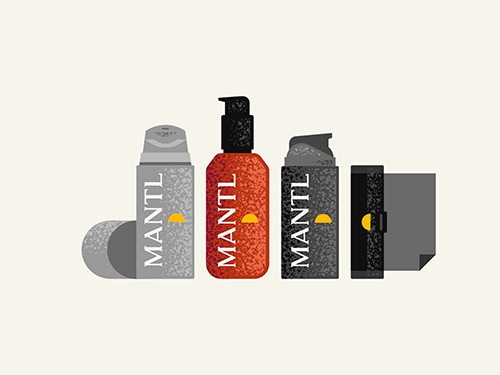
Skin Care
Product & Software Design Process
Phase 1
Empathize
The design thinking process starts with empathy. In order to design user-centered products and services, you need to understand who your users are and what they need. To achieve this goal, product designers immerse themselves in the context of the problem. During this phase, designers observe and engage with real users or people who represent the target audience.
Phase 1
Phase 2
Define
At this stage, we analyze the qualitative and quantitative data we obtained during the empathize stage to draw insights from it. This information will be used both to define a problem statement and guide the ideation process. Clear problem statements will guide the product team throughout the design process—those statements will help you understand what features and functions your users need in order to solve their problems.
Phase 2
Phase 3
Ideate
Ideation, or generating ideas, is a phase in which you go from understanding problems to exploring solutions. The ideas that are identified will be prototyped and tested with people who represent your target audience.
Phase 3
Phase 4
Prototype
Prototyping allows you to turn ideas generated in the previous phase into tangible artifacts that can be tested later with real users. Most of the time, you start with low-fidelity prototypes (prototypes that convey the basic idea of the intended solution) and move towards high-fidelity as you get more user feedback.
Phase 4
Phase 5
Test
The goal of this phase is to understand what parts of your design are effective and which are not. During the testing phase, a product team gives a prototype to test participants and encourages them to complete some common tasks with it. Testing will give a product team a clearer understanding of how real users interact with a product, what problems they face, and how they feel.
Phase 5
Design thinking isn’t always a linear process
It is important to mention that the five phases of the design process defined above are not always sequential. In many cases, it’s a highly iterative loop. Depending on the needs of a project, individual steps can occur in parallel, or the product team can move between phases as they design a product.
Embrace the iterative nature of the product design process. It’s rare to design a perfect solution right from the start. A very common situation happens when insights acquired at later stages can influence decisions made in earlier stages. For example, when a testing phase reveals new information about user behavior, the team might want to run another brainstorming session and based on insights from the session, they may decide to design a new prototype.

